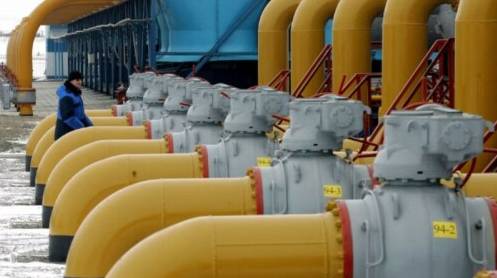This was the first post I read at 12:00 midnight PST on January 9, 2021 and within five minutes, by just looking at (without reading) the number of comments, I knew this was a major power breakdown.
As a student of crisis communications, there onwards I started noting the different pieces of information doing rounds on social media. They included speculation by the mainstream media about the causes of the breakdown, from “sources” talking about terrorist attacks, including misleading images of posts dating from 2015 as well as an attack by the Indian Air Force, which came from the verified twitter account of a firebrand Pakistani activist. That was the ‘most authentic rumour’ of the night as Twitteritees tend to believe the tweets that come from a blue tick handle.
It took almost two hours for the authorities in different ministries to state that Pakistanis should not listen to any of these rumours and speculations. By the time the first tweet came from the Ministry of Energy, many of us had gone to sleep with misleading information on our minds.
Refer to any crisis communications handbook or manual and it will tell you that the first response from a responsible organisation should come within five minutes of a major incident. It may not contain details on what happened, but it will at least inform the public about where to get correct information and set the direction of the flow of information.
In this particular case, the Ministries of Energy or Information, should have known which channels of information would have been available to handle information during a power breakdown. For example, in this case, it would be fair to assume that the TV channels would either be off the air or not accessible to audiences and people would therefore turn to the radio and social media for information. These Ministries should also have known which social media accounts (owned and earned) would be available to transmit the information and how to get in touch with them. Some of these accounts may have included those of media personalities, influencers, politicians, ministers and bureaucrats. Media and journalist influencers are the handiest on such occasions as they are eagerly looking to inform their audiences.
The fact that the rumours were rife that night and the delay in the first response, suggest that the Ministries of Energy and Information either did not have a crisis communications plan in place or could not activate it. The problem with such large-scale events is that often the people responsible for crisis communication lose the plot, which is the reason why crisis communication plans are well rehearsed in advance in good organisational setups.
It is important for the authorities to learn a lesson from what happened. It is the public’s right to have access to accurate and timely information in the event of a crisis. This is how trust is built or destroyed in the public domain. To conclude, all ministries should have a well-rehearsed crisis communications plan in place to handle the flow of information during a crisis and rescue their and their government’s reputation.





